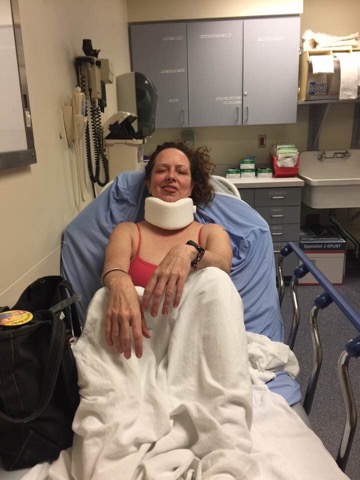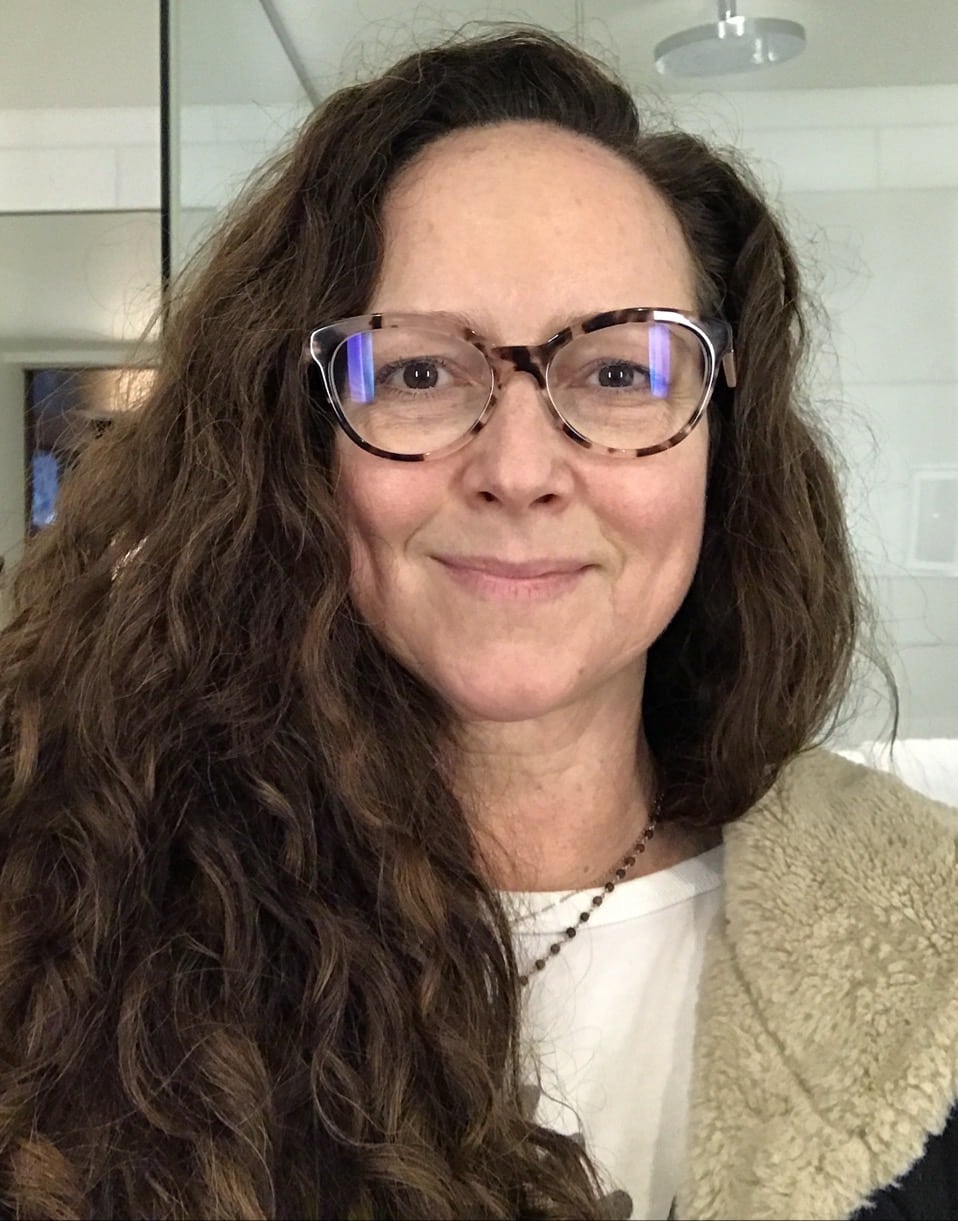Crash course in Migraine on my journey to medical school
I began having migraines after a 2016 car crash, after someone T-boned me as I was driving to a yoga class (how ironic!). I never made it to that class, but instead spent the day in the ER, unable to speak for many hours, terrified and in extraordinary pain. When I finally regained speech, 8 hours after the crash, they discharged me to the care of a friend. Thus began my migraine journey, which resembles Disney’s Mr. Toad’s Wild Ride with my migraine playing the part of the ever evolving he chaos he leaves in his wake.
Over the years I found temporary relief from the left side headaches (which I didn’t know was migraine until a 2019 diagnosis) from Cranial OMM, forehead Botox (self-paid and not the full migraine Botox treatment), acupuncture and massage. I self-managed this until I began premedical training in late 2019. My headaches worsened and I sought treatment from a neurologist who gave me my official Migraine diagnosis and began trying to treat me with many drugs which failed me.
However the wheels really came off when the COVID shutdown in 2020 prevented me from accessing any of my care plan or providers for over a year.
Migraine left untreated progresses, and my migraine progressed dramatically and quite painfully over this period. I began having new symptoms such as what felt like a vise-grip around my left temple, the famous ice pick in my left ????️, general eye strain, pain, spasms, twitching, fatigue and trigeminal neuralgia-like sensations that zapped across my left cheekbone. I also exhibited strange visual symptoms which my organic chemistry professor recognized based on her experience with a son who had concussion symptoms like mine. She recommended that I be evaluated for brain injury so I contacted the UCBERKELEY School of Optometry and was able to get into their Binocular Vision Clinic 6 months later in early 2021. At that point I received a mTBI diagnosis as well as other vision issues. These doctors recommended many learning accommodations which I received at my pre-medical program and for the eventual MCAT.
I waited a year to get into the UCSF headache clinic and finally saw that neurologist and her team in June 2021 when I finally received a Botox treatment. And thus I began the full Botox migraine protocol, which I continue to this day.
Later that year I began taking the self-injectable CGRP antagonist Emgality, with great success. The combination of this monthly injection with the Botox migraine protocol every 3 months has removed the “ice pick” from my left eye socket.
Other symptoms persist howvever, and when I began medical school in the summer of 2022, I learned the extremely hard way how SEVERE my photo sensitivity is to fluorescent lighting. It is so severe that I requested a medical leave of absence after 4 weeks on the campus at the Kansas College of Osteopathic Medicine in Wichita.
I’ve spent this last year learning about the various factors of brain injury and how this intersects with my migraine. I’ve also learned how ANS (autonomic nervous system) hyper sympathetic arousal (what we call the flight of flight response) upregulates pain and worsens symptoms. As a survivor of a traumatic MVA and a brain injury, I have had to learn to aggressively and compassionately manage this in order to help dial back the severity of my symptoms.
I feel like I’m closer than that ever to having a good plan, but I’ve also had to accept the new me, who is severely disabled by migraines – in certain situations more than others. The great irony is that I want to become a Doctor who treats people like myself who live with migraine and mTBI, but in order to do so I have to be able to return to medical school.
My medical school’s new building features the most brutal fluorescent lighting environment I’ve ever seen, so I am struggling to find every tool and accommodation that will help me survive and ultimately thrive in medical school. I want to help others with this incredibly difficult and complicated disease. There are far too few doctors with the experience and training out there. I know this firsthand, having lived it as a patient.
I recently learned that migrane is believed to have a genetic factor, as well as an Neuroinflammatory component. Which means that the science of epigenetics plays a role in my Migraine: I have the gene in my family but it was never expressed in my body until that fateful day of the car crash brain injury. The trauma of that somehow switched my genetic predisposition (possible a single or multiple alleles) into the “on” position. It also upregulated other inflammatory reactions that have contributed to the pain syndrome I’ve been struggling with. As a person who was already living with an autoimmune disease prior to my brain injury and subsequent migraine, this adds an additional layer of complexity to what is already a very complicated neurobiological condition.
I’m incredibly lucky to be able to even attempt this next chapter, and I’m indebted to the many brilliant people I’ve met along the way. I hope that by sharing my story I can help others see a way through the pain and envision future possibilities of less pain and more ease for themselves.


